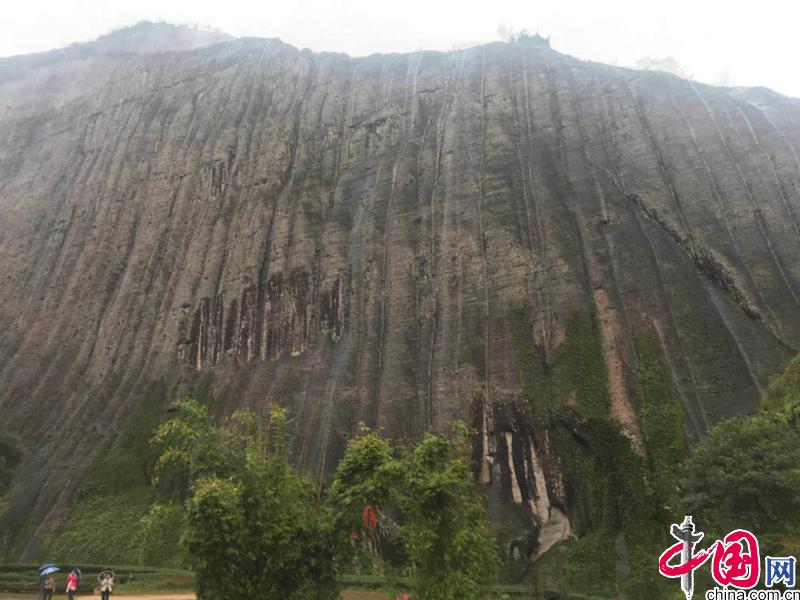

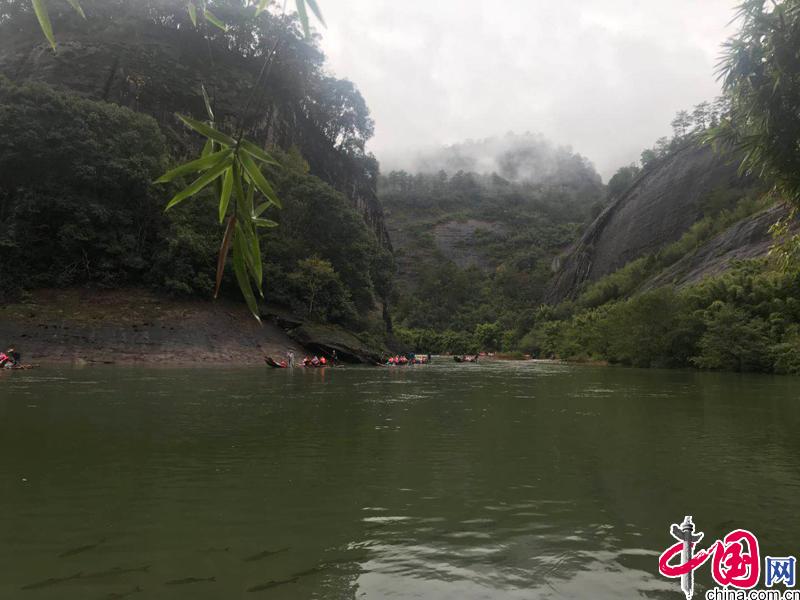
Taoyuan Cave is located in the Liuqu bank of Wuyi Mountain. Entering the scenic spot, you can walk along the path beside the Squirrel Creek between Cangping Peak and North Corridor Rock. As you approach the entrance of Taoyuan, a pile of rocks cut off the valley. The creek suddenly disappears, and you can only hear the sound of clanking under the stones, which seems to be at the end of the mountain. However, just a few steps further ahead, you can see the small hole with huge stones leaning against each other. The cave is very small, only one person can pass through it, and the cave is very dark. After passing through the small cave, a small stream rushes out. It is really "when the mountain is exhausted and the river is exhausted, there is no way out, and there is another village".
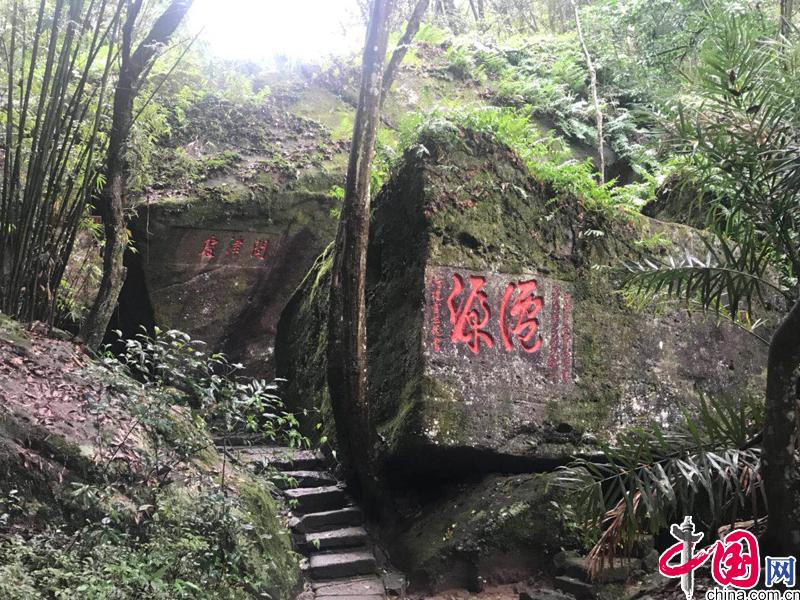
Crossing the stone bridge across the stream, after several twists and turns, we entered. There was a stone gate facing us. On both sides of the stone gate were inscribed couplets: "I'm glad that there is no Qiao Zi watching chess again, but I'm afraid that he will come to Yulang to ask for help." It is said that this couplet was written by a hermit according to the story that Xianfan played chess here and Qiao Zi defeated the immortal.

Entering the stone gate, I felt suddenly enlightened, and it was really a "hopeless situation in the cave". Surrounded by mountains, there are Cangping Peak in the south, Sanyang Peak in the north, Yuban Rock in the east, Tianhu Peak and North Corridor Rock in the west. In the middle is a deep valley, with a radius of about 20 mu. But the fields are flat and open, the paths crisscross, the houses look like, and the peach gardens, stone pools, bamboo forests, and flowing springs are fascinating. If you come here to visit in spring, the peach blossoms will be in full bloom and can be as bright as clouds. It is the authentic scenic spot of Wuling Peach Blossom Garden described by Tao Yuanming. Xu Xiake once wrote in his travel notes: "Surrounded by four mountains, there are flat ridges and winding streams, surrounded by green pines and bamboos, and the sound of chickens and human language are all in the green."

Taoyuan Cave Taoist Temple was founded in the Tianbao period of the Tang Dynasty (742-756), when the theory of Wuyishan Immortals attracted a large number of high scholars to come here to practice in seclusion. Kong, Zhuang and Ye, the Kuaiji women's crowns, came to Wuyi to practice together. Later, they all made a living in Taoyuan Cave and developed into a paradise for seclusion. Peach trees became forests. Chen Shitang, a scholar of the Song Dynasty, and Wu Zhengli, a high scholar, also lived here to cultivate and write books. The fifth ancestor of the Southern Taoism sect, Bai Yuchan, also lived in seclusion in Taoyuan to refine pills.
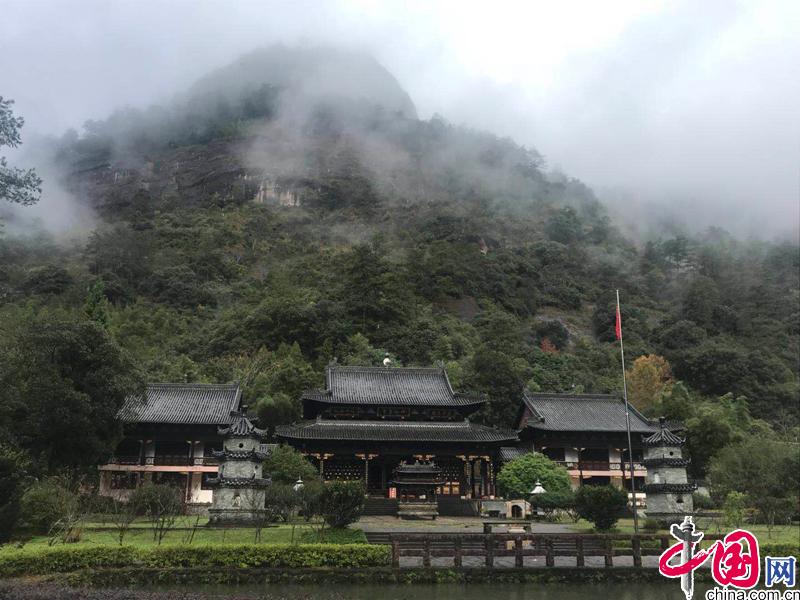
In the Yuan Dynasty, Liuwen Jianci Temple and Sanyuan Temple were expanded to serve the statues of the Three Officials Great Emperor and Liuwen Jiangong. In the Ming Dynasty, Taoyuan Taoist Temple was famous far and near, and was one of the main Taoist temples in Wuyishan. At that time, Sanqing Hall, Sanhuang Yuanjun Hall, Sanguan Hall, Zhenwu Hall, Niangniang Hall, Gongde Temple and other halls were built. The halls covered an area of more than 2000 square meters, and most of them were chosen to live in this place for the cultivation of Taoism; The poem "A Visit to Taoists in the Small Taoyuan Cave" written by Wu Shi of the Ming Dynasty says: "... there are ancient villages in the poor source, and two or three people who want to escape from the world; avoiding the world is not to avoid the Qin Dynasty, but to live in the heart and refine their spirit; the spring field is self cultivated, and food and clothing are not needed; the wind blows down the brown flowers, and the rain picks up the herbs and seedlings." The Taoist temple declined and collapsed after the Qing Dynasty.
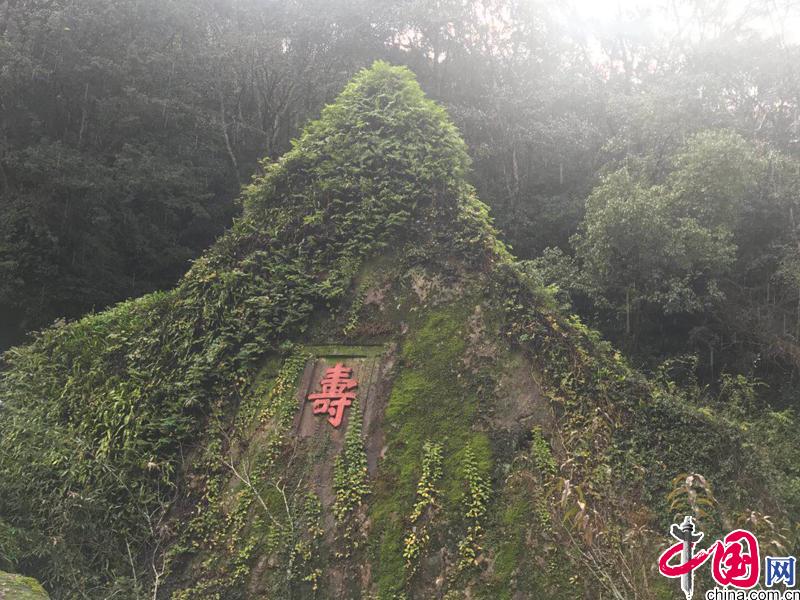
In 1990, Taoyuan Taoist Temple was approved as an open palace. In 1991, Taoist residents renovated the interior of the main hall, and carved the holy image of Sanqing Daozu with the precious tree yew in northern Fujian, which is 2.5 meters high and finely carved; Assemble the yew offering table, copper incense burner, candlestick and religious articles, and carry out normal religious activities.
The rebuilt Taoyuan Cave Taoist Temple covers an area of more than 6000 square meters. The main hall is composed of Sanqing Hall, Jade Emperor Hall, Lingguan Hall, and the mountain gate (the central axis part). The side halls on the left and right are composed of Sanhuang Yuanjun Hall, Zhenwu Hall, Sanguan Hall, and Sutra Pavilion. There are halls for Taoists to carry out Taoist affairs and practice truth, as well as places to train Taoist talents and publicize Taoist culture.
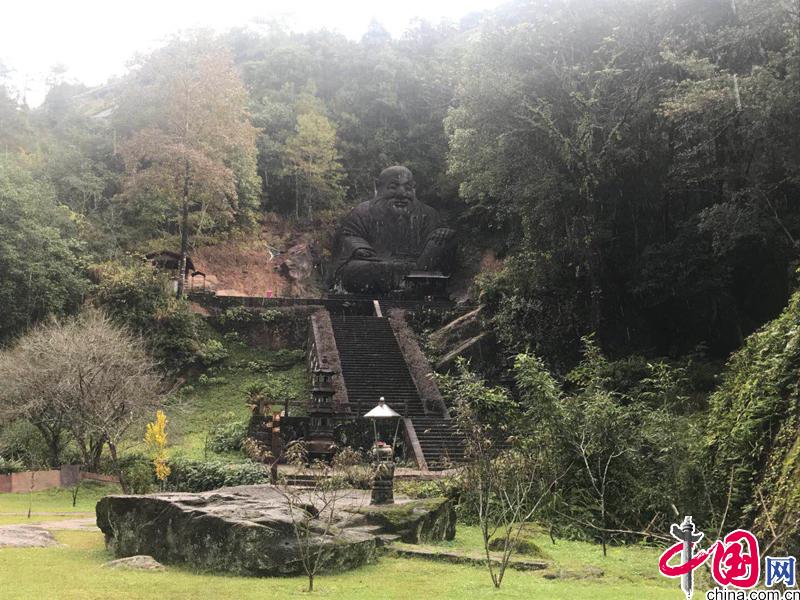
There is a statue of Laojun Rock in the west of Taoyuan Cave. It was carved in 1996 by craftsmen in Hui'an, Fujian Province, with an investment of 230000 yuan from the Management Committee of Wuyishan Scenic Area. The statue is 16 meters high, 11 meters wide and 10 meters thick. It is the largest statue of Laojun Rock in the world at present (the most famous statue of Laojun Rock in Quanzhou in China is only 5.1 meters high), and it can be called "No.1 Laozi in the world". (Part of the text source network of Li Fengsen's photography)

















